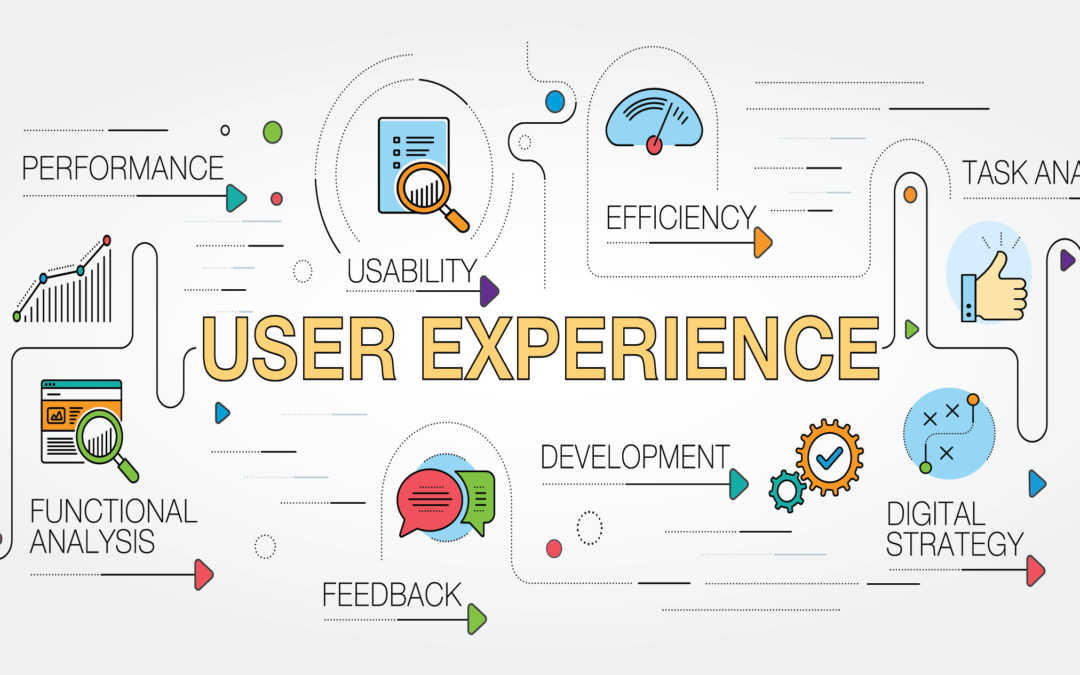
And How Do We Apply it to Federal Healthcare Projects?
As the nation’s largest healthcare payer, millions of stakeholders — patients, clinicians, contractors, and outside agencies — rely on the federal government to deliver vital information and services. Their work becomes more difficult when the stakeholders unable to access, understand, and use the information when and where it is needed.
Transforming how people experience government services relies on a set of practices for understanding problems and imagining possible solutions that involves, at every step, the perspectives of the people closest to the issue.
HCD Defined:
Human-centered design engages end-users in the development of products and services that affect their lives. Think of it as a bottom-up approach that brings the end-product closer to the needs and preferences of the people that will use the product/service.
At Telligen, we believe in the power of expert, cross-functional teams that collaborate and get things done. Our teams employ a human-centered design approach to deliver the government products and services that improve care, lower costs, engage patients, and reduce clinician burden — all designed around the customer’s needs, expectations, and pain points. Here’s our process:
Discover
- Conduct end-user research identifying questions to answer, problems to solve, and stakeholders to engage
- Incorporate Interviews, workshops, surveys, and site analytics ensure that design decisions consistently benefit the user.
Design
- Generate potential solutions and translate ideas into blueprints, wire frames, journey maps, and prototypes.
- Develop services or products using modern development practices like Dev Ops, Agile, and Lean.
Measure and Refine
- Conduct user experience testing and provide open feedback loops to evaluate and improve designs based on the real-world scenarios users encounter
- Continuously monitor, refine, and improve to ensure ongoing satisfaction
Download the infographic to how we’ve applied human-centered design to government healthcare projects


